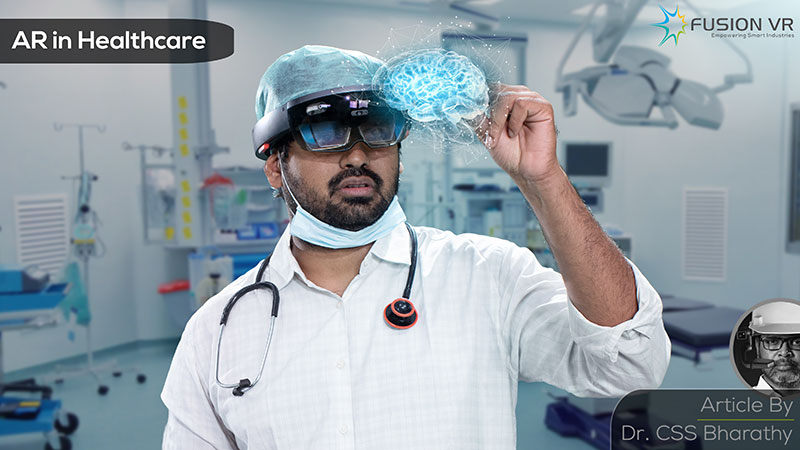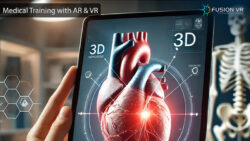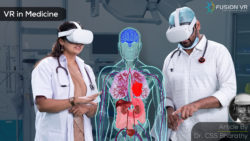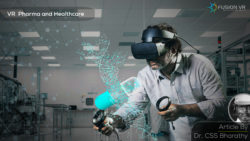Advances in computing, visualization and devices have brought cool technologies such as augmented reality to deliver better healthcare outcomes in a variety of settings. AR in healthcare is no more a concept, it is a part of today’s reality. Augmented reality and health are much closer than before. Augmented reality applications for healthcare are being developed and implemented at many establishments worldwide.
A few questions that need to be addressed are, How well is a surgeon trusted, before a major operation? Even the best doctors make mistakes. Surgery is not just about one person, it’s sometimes a high stakes team event.
Does anyone mind the waiting time at the local hospital’s emergency department when they’re in pain and want to see a doctor right away? In all these scenarios, help is available.
Anyone who has played Pokémon Go or learned about it needs no explanation of what AR is all about. However, for the uninitiated, AR is a technology that overlays digital information on anything one sees using a smartphone, tablet or an AR goggle. AR medical applications provide contextual and relevant information, data, intelligence etc. that enhances the user’s overall experience with the activity that they are engaged in. It improves performance and ensures better healthcare outcomes.
AR technology in medicine has many applications in improving diagnosis, surgery, medical training, pain management etc. It is also used in pre-operative planning to help surgeons simulate actual surgical procedures, and scenarios and identify potential issues and their remedies. Such an activity can be reviewed simultaneously with other medical experts at various locations to review, collaborate and implement the best possible approach.
Future Transformations in Healthcare with AR
This enables thorough preparation and planning with all doctors, surgeons, nursing and post-operative staff. Augmented reality in the medical field is being used for liver resection, gall bladder removal, laparoscopic and some neurological procedures. It is also utilized to project locations of underlying organs and structures by integrating other diagnostic information for skin punctures in laparoscopic procedures. The result is better preparation and more success in the surgical theatre.
AR is being widely used in the laboratory to help technicians determine the precise location of the veins to obtain blood samples. A scan renders the vein visible on your handheld device or goggle which helps to eliminate unnecessary attempts when the vein location is not palpable. This will particularly useful when dealing with young and very old patients.
Perhaps, one of the most widely used applications of AR will be in medical education and medical training. The need for deploying augmented reality for medicine has been accelerated by the COVID-19 pandemic which has stretched thin the available medical resources. Junior doctors have performed procedures using an AR telesurgery application with guidance from more experienced surgeons.
This type of on-the-job guidance and training will one day enable medical procedures to be conducted anywhere in the world. Patient education is another area where doctors can present more details about a patient’s condition or an upcoming procedure that enhances patient confidence and overall effectiveness.
The world of healthcare is just waiting to be transformed with augmented reality. The use of augmented reality in healthcare is growing and is expected to generate about $1,565 million by 2026. Fusion VR has the capabilities to deliver transformative solutions to healthcare partners everywhere. It will eventually help reduce anxiety before a blood sample, create greater trust with one’s doctor, reduce emergency room waiting times, and make the overall healthcare experience a positive one.





